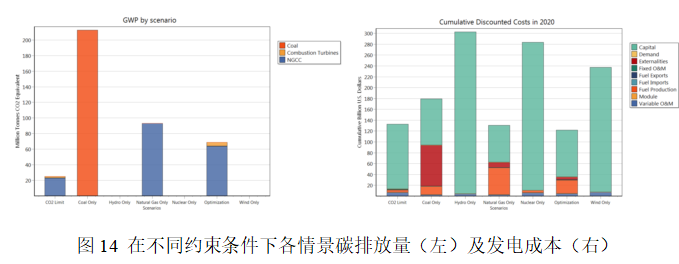
### 思路
1. **递归公式**:根据提示信息,递归公式为:
- \( f(n, x) = f(n-1, x-1) + f(n-1, x) \times x \)
- 其中,\( f(n, x) \) 表示将 \( n \) 个元素分成 \( x \) 个非空子集的方案数。
2. **边界条件**:
- \( f(0, 0) = 1 \)(0 个元素分成 0 个子集的方案数为 1)
- \( f(n, 0) = 0 \)(n 个元素不能分成 0 个子集)
- \( f(0, x) = 0 \)(0 个元素不能分成 x 个子集)
3. **总方案数**:将 \( n \) 个元素分成任意数量的非空子集的总方案数为 \( \sum_{x=1}^{n} f(n, x) \)。
### 需要注意的点
- 递归的边界条件要处理好,避免数组越界。
- 使用动态规划来避免重复计算,提高效率。
- 使用 `long long` 类型来避免整数溢出。
### 伪代码
```plaintext
function count_partitions(n):
dp = array of size (n+1) x (n+1) initialized to 0
dp[0][0] = 1
for i from 1 to n:
for j from 1 to i:
dp[i][j] = dp[i-1][j-1] + dp[i-1][j] * j
result = 0
for x from 1 to n:
result += dp[n][x]
return result
```
### C++代码
#include <iostream>
#include <vector>
using namespace std;
long long count_partitions(int n) {
vector<vector<long long>> dp(n + 1, vector<long long>(n + 1, 0));
dp[0][0] = 1;
for (int i = 1; i <= n; ++i) {
for (int j = 1; j <= i; ++j) {
dp[i][j] = dp[i-1][j-1] + dp[i-1][j] * j;
}
}
long long result = 0;
for (int x = 1; x <= n; ++x) {
result += dp[n][x];
}
return result;
}
int main() {
int n;
cin >> n;
cout << count_partitions(n) << endl;
return 0;
}













![24-8-24-读书笔记(十五)-《空谷幽兰》([法] 巴尔扎克 [译] 李玉民 )](https://i-blog.csdnimg.cn/direct/a0d6a42b63e6453ea4dd8760ef88c04f.jpeg)





